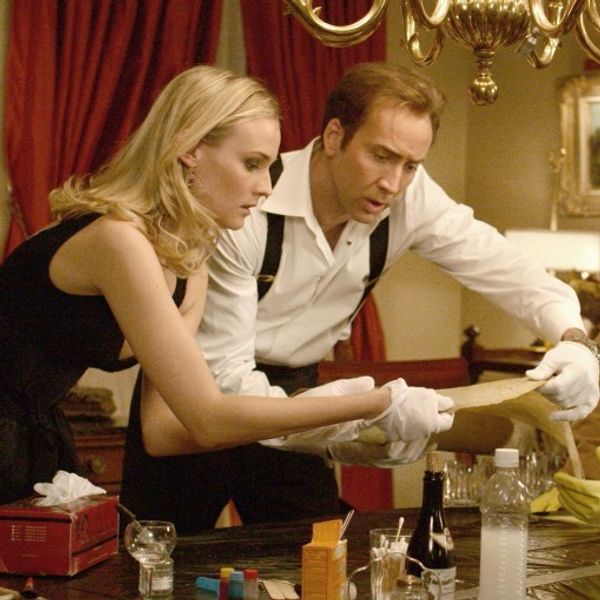3 Secrets to Creating Unforgettable Scores from the 'Game of Thrones' and 'Westworld' Composer
Ramin Djawadi’s scores have made HBO’s groundbreaking shows even more iconic.

HBO has become the reigning champ of cinematic television, in part thanks to its series’ epic soundtracks. Both Game of Thrones and Westworld are greatly enhanced—even defined—by their scores: the GOT theme song with its dramatic, scene-setting cellos and the Westworld soundtrack that brings viewers between the show's eras by tinkering out modern pop songs on a saloon’s player piano.
The soundtracks widely differ in style, but they have a major commonality: their composer, Ramin Djawadi. As Djawadi prepares to tour the U.S. starting next week with the Game Of Thrones Live Concert Experience—a show featuring an 80-piece orchestra, choir, and 360-degree stage—he spoke with NPR's David Greene about his composing process. Here are our top three takeaways:
1. You don’t have to write to picture
It may be common practice to wait until a picture is almost locked to begin composing for it, but Djawadi doesn’t think that’s necessary—as long as you’re flexible. In fact, he says that he usually starts writing without any visuals, just to try to “find the tone for the movie or the TV show.”
With Game of Thrones, he spoke with the show’s creators about their vision (including a moratorium on flutes). Often, he'll only have a script or a rough cut to go on before he starts writing. “Once you have that [composition],” he explains, “then you can apply it to picture, because the length of the pieces and what they have to do dramatically changes from piece to piece. Then you really have to go in and fine-tune the melodies and emotions to what is needed in the scene.”
“I just have music in my head all the time.”
2. Take notes
If Djawadi wasn’t diligent about capturing his off-the-cuff ideas, we might not know the Game of Thrones theme as we do today. That's because he came up with it while humming in his car after he saw some of the show’s visuals.
"I used to just scribble things on a piece of paper whenever an idea came to mind," he recalls. "Now, with cellphones, that's gotten a lot easier. I can just take it out and sing into my phone."
So, take note—literally. Make sure you’ve always got a way to record your ideas, whether they come to you in the middle of the night or on your morning commute.
3. Be playful
Djawadi creates soundtracks for shows that deal with some deadly plotlines, but that doesn’t stop him from playing around in the studio to come up with sounds and melodies. In fact, he says that his wife describes him as “a big kid.” But he takes this as a compliment, enthusiastically stating, “I wouldn’t know any other way, because I just have music in my head all the time and I love it."
Source: NPR
















